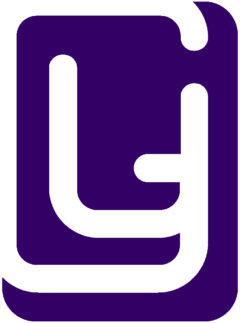“Osteopathy is a primary care profession, focusing on the diagnosis, treatment, prevention and rehabilitation of musculoskeletal disorders, and the effects of these conditions on patients’ general health. Using many of the diagnostic procedures applied in conventional medical assessment, osteopaths seek to restore the optimal functioning of the body, where possible without the use of drugs or surgery”
(General Osteopathic Council, GOsC).
In 1874, osteopathy was found in the state of Missouri, the United States. Its name is a combination of the Greek words “osteon” (“bone”) and “pathos” (“suffering”). It adjusts all tissues that make up the body such as muscles, blood and lymph flow, nerves and other body parts.
Osteopaths mainly treat the cause of a dysfunction. We “seek to restore optimal functioning of the body, where possible without the use of drugs or surgery” (GOsC). https://osteopathic.org/about/leadership/aoa-governance-documents/tenets-of-osteopathic-medicine/
There are two types of osteopathic practitioners.
Osteopaths (practicing osteopathy) are primary contact health providers with limited practice rights, who do not prescribe pharmaceuticals, perform surgery, or complete various other functions of a full-fledged doctor. An osteopath is a person who has achieved the nationally recognized academic and professional standards within his or her country to provide osteopathy.
Osteopathic physicians are doctors with full, unlimited medical practice rights, who can specialize in any branch of medical care. An osteopathic physician has achieved the nationally recognized academic and professional standards within his or her country to practice diagnosis and provide treatment as a medical doctor. Their key difference from medical doctors (MDs) is that they have completed education at a school that also integrates principles of osteopathic philosophy and training in OMT. (Osteopathic International Alliance)
https://oialliance.org/about-us/osteopathic-medicine-and-osteopathy/
The treatment concept at UG Osteopath
In osteopathy, the patient is at the center of treatment. You might think that the practitioner heals the patient or that the practitioner has absolute authority in a clinic. However, this is not the case at UG Osteopath. He will proceed the treatment based on the goals that you have set.

